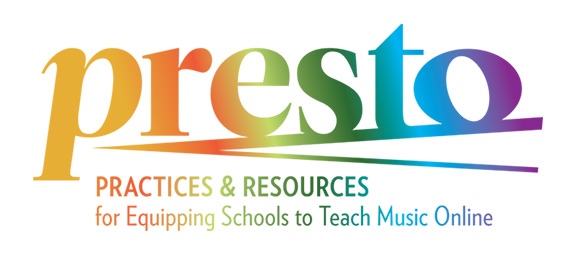In a singing and choral context, consonants play an important role in communicating meaning and expression when singing. The shaping of consonants and their placement within sung words can significantly impact diction, clarity and expression. Understanding how consonants impact vowels can help when rehearsing word onsets, staggered entries across voice types, and balancing tone quality and expression of text in a choral ensemble.
This video introduces the concept of Voiced and Unvoiced Consonants by exploring spectrographic representations of different types of consonant sounds, including plosives, nasals, glottals and fricatives, across a range of voice types. It illustrates how consonants, when interacting with vowel sounds, can impede breath management and hinder the production of good tone quality. Spectrograms can also supplement demonstration of techniques for producing clean, supported consonants that enhance diction and expression.
Video Chapters:
What are Voiced & Unvoiced Consonants? How do they Impact Vowels?
When you have viewed the video, click on the audio extracts referenced in this video so that you can recreate these examples or interact with them in other ways.
An activity and song called Plucky Plosives & Co. has been developed to help you and your singers explore how spectrograms can support our understanding of what happens to the natural resonances inside our vocal tract when we form consonants using our articulators. Seeing how unsupported consonants impact the quality of vowels enhances our awareness of preparing vowel shapes and supporting the voice when singing consonants. Click on the ‘Activity’ button to access these materials.
If you have not yet explored Sonic Visualiser or how spectrograms work, go to our introductory video Introduction to Spectrograms and download our Getting Started with Spectrograms user guide. This will make engaging with the contents of this video and the accompanying activity more fruitful.
Below, you will find a series of video resources, each one accompanied by activities and audio samples for you to practise, demonstrate and explore:
Created & Produced by Dr Barbara Dignam as a resource for the Visualising Vocal Sound using Spectrogram Technology element of the PRESTO project.
Dublin City University, Ireland

